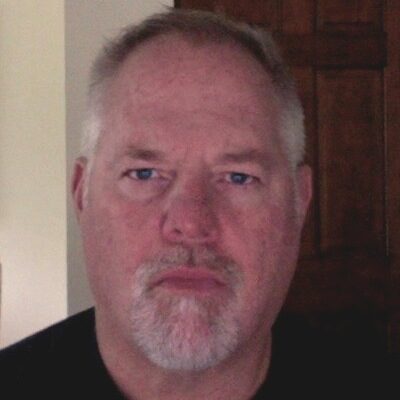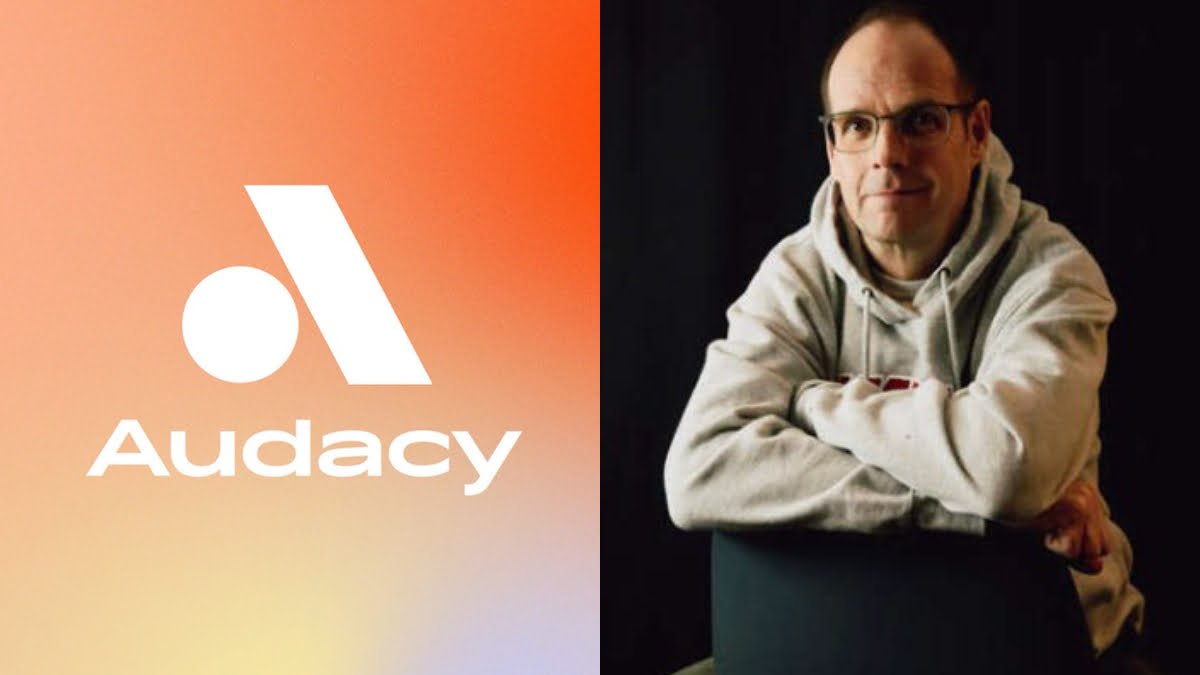You don’t need to attend Yale to get a career in radio and television. But it doesn’t hurt. An English major, Bill Smee did sports and news at WYBC, the Ivy League University’s radio station.
“I did newscasts and was named sports director for a couple of years. I covered hockey, football and other things. It kind of got me into the radio game. My father was an editor and reporter in the 1960s. He was one of the first news editors at 1010 WINS. I grew up with WINS in my ear. My dad was incredibly smart and I admired him. I think I was greatly influenced by him and he did amazing things.”
Smee said he’d hang out with his father when dad worked at the New York Daily News.
“I enjoyed watching the printing presses,” Smee explained. “It was great early exposure to the business. My dad had a long career. He also taught journalism at Columbia and Fordham.”
After graduation, Smee did some freelance local reporting around New York City in Westchester County.
When he landed at CNN, the cable channel was relatively new. Smee spent 15 years there in a variety of producing roles, focused mainly on enterprise reporting and documentary. He later oversaw production at a documentary channel that was a joint venture between The New York Times and Discovery and launched and ran a video unit at Slate magazine before being hired at NBC News as director of digital video.
“I got the NBC job in 2013,” Smee said. “NBC was a bit behind the curve on the digital video scene. We launched an original video unit. Prior to that, they were essentially repurposing their broadcast content.”
The industry has come a long way from the early days of digital.
“I would say with the advent of YouTube and podcasting, we have ushered in a whole raft of pioneering and experimentation,” Smee explained.”
After NBC News, Smee went on his own, consulting for nearly four years for a variety of brands, including HuffPost and Mashable, before Audacy tapped him for a newly created position as vice president of news.
Jeff Sottolano, now executive vice president and head of programming for Audacy, asked Smee if he’d consider a full-time role. Smee said he believes in the mission of local news
“One thing that drew me to Audacy was their strong position in the local news landscape, which has been challenging for media companies for a long time,” Smee said. “Newspapers have cut back or gone under.”
He said Audacy’s news brands have provided outstanding options for local markets around the country and have been doing that for decades.
“Audacy is a company that wants to innovate,” Smee said. “To take what it has done well into new platforms, new frontiers in the digital horizon.”
Smee said the pandemic has had a lot of influence on how news was presented and received.
“On one hand, it made the quality of local news and information more important. The business side was also challenging. But this went for all media companies, forcing them to face headwinds, as people like to say.”
Smee said the business was in an uncertain macroeconomic climate. There were uncertainties regarding advertising and other aspects of the business.
“I remain bullish,” Smee said. “In this world, we live in, people can get news in 1,000 places. Local market sources are a smaller number. I like our chances to break through. Our strategy at Audacy is local news first. We’re not trying to outdo CNN. We want to bring relevant, practical content.”
Companies may be throwing the proverbial spaghetti against the wall to see what sticks.
“I think ‘spaghetti’ suggests a haphazard approach but captures the gist,” Smee said. “Any journalist or reporter these days has to come in with an experimental orientation. Recognize things are evolving. Identify trends, consumer interests.”
“You have to be agile,” he said. “We are taking flyers on some things, whether it’s new formats, new forms of telling stories. It’s all about how we package it up. We’re making a number of bets. Some may pay off, some may not. If it doesn’t pay off, you move to the next.”
Radio, according to Smee, doesn’t have the luxury of pursuing passion projects every day. That’s not to say a journalist can’t wake up in the morning to original stories.
“Sometimes a story may take off, go viral,” Smee said. “Sometimes not. Even with those stories that don’t reach a huge audience, we care about the quality. There’s a mix on the menu. To say they’re under pressure to create stories that appeal to people is true. I think it’s naive for journalists to say they’re not paying attention to that. It doesn’t mean they have to produce clickbait.”
There’s always been pressure to chase headlines. The old ‘If it bleeds it leads’ dictum. This is not some new instinct.
“I see opportunities every day to tell stories better, to unearth stories that aren’t being told elsewhere,” Smee explained. “I don’t want to see our news default to just the biggest story of the day. I’d like to find possibilities that stem from a story. I like our talkers to explain things to viewers, perhaps discuss different aspects of a story.”
At the same time Smee said at Audacy, they’re not going to avoid the biggest stories of the day to be contrarian. Journalists and talkers are finding ways to connect with audiences. Perhaps some of that connection can come from story ideas outside the newsroom and conversations with listeners.
“I’m not talking about unleashing an army of citizen journalists,” Smee said. “I think listeners can influence where you go; add input. People who worked with Walter Cronkite were smart professionals who knew what to include in the daily lineup. It’s up to us as professionals as to what we’re going to include, what warrants time on the air. We wouldn’t have an open-mic night for listeners. But hearing from them is also really important.”
Smee believes the industry is now less stable than it was when he first broke in. Back then, if you went to work for say CBS, or NBC, you could reliably expect a good long run in the business.
“These days there is a constant state of disruption,” Smee said. “Companies are regularly laying off people.”
Smee doesn’t see a day when the appetite for journalism goes away. Forms will change faster than ever. But the fundamentals remain. And he believes Audacy’s news brands are well-positioned to deliver.
“In general, you see listeners turn to our brands in a crisis,” Smee said.
“Whether it’s a severe weather event or natural disaster, or, tragically, things like shootings at a school or a store. We feel our brands are well positioned and have a great connection to communities to deliver in those situations.”

Jim Cryns writes features for Barrett News Media. He has spent time in radio as a reporter for WTMJ, and has served as an author and former writer for the Milwaukee Brewers. To touch base or pick up a copy of his new book: Talk To Me – Profiles on News Talkers and Media Leaders From Top 50 Markets, log on to Amazon or shoot Jim an email at jimcryns3_zhd@indeedemail.com.







